This article was published previously in Saigoneer
Over the past 12 months, a great deal of attention has been paid to the fate of the 1924 Moroccan mosaic staircase in the lobby of the Tax Trade Centre. Yet that great work of art is not the only mosaic in Saigon which is currently under threat of destruction.
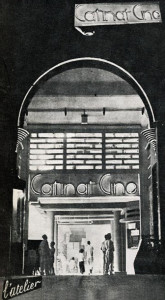
The 151 rue Catinat entrance to the Catinat-Ciné (now the Art Arcade at 151 Đồng Khởi), pictured in the late colonial period
The redevelopment of 151 Đồng Khởi, announced last year, will involve the demolition of a tiny former film theatre building, situated in an alleyway between Đồng Khởi and Nguyễn Huễ boulevard and still decorated with some of the most intriguing mosaics of the late colonial era.
Believed to date back to the mid 1930s, the Catinat-Ciné became popular in the late colonial and early VNCH periods for its cheap ticket prices and “non-stop cinema” – in reality, 1pm-to-midnight screenings of second-run films which had already done the rounds of the major cinemas.
According to one local historian, by the 1960s the Catinat-Ciné had become a “tea room” music venue, known later as Đêm Màu Hồng, where the group Phượng Hoàng performed in the days before singer Elvis Phương joined its ranks and transformed it into one of Saigon’s leading pop groups.
Since 1975, the old Catinat-Ciné building has been used as an office space, but the original building survives, and with it the unique mosaic panels which decorate it.
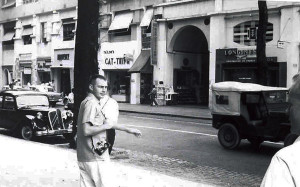
An early 1950s view of the 151 rue Catinat entrance to the Catinat-Ciné (now the Art Arcade at 151 Đồng Khởi)
These include small mosaics on either side of the front entrance, plus a large mosaic panel in the corridor alongside the building which will be familiar to regular patrons of l’Usine restaurant upstairs. Despite some minor damage, most of the mosaic tiles remain in place. Sadly, the name of the artisan who created the murals is not known.
There can be no doubt that these unique works of art will face the wrecking ball unless a conservation campaign is launched to remove, restore and reinstate them in whatever new building is constructed on this site.
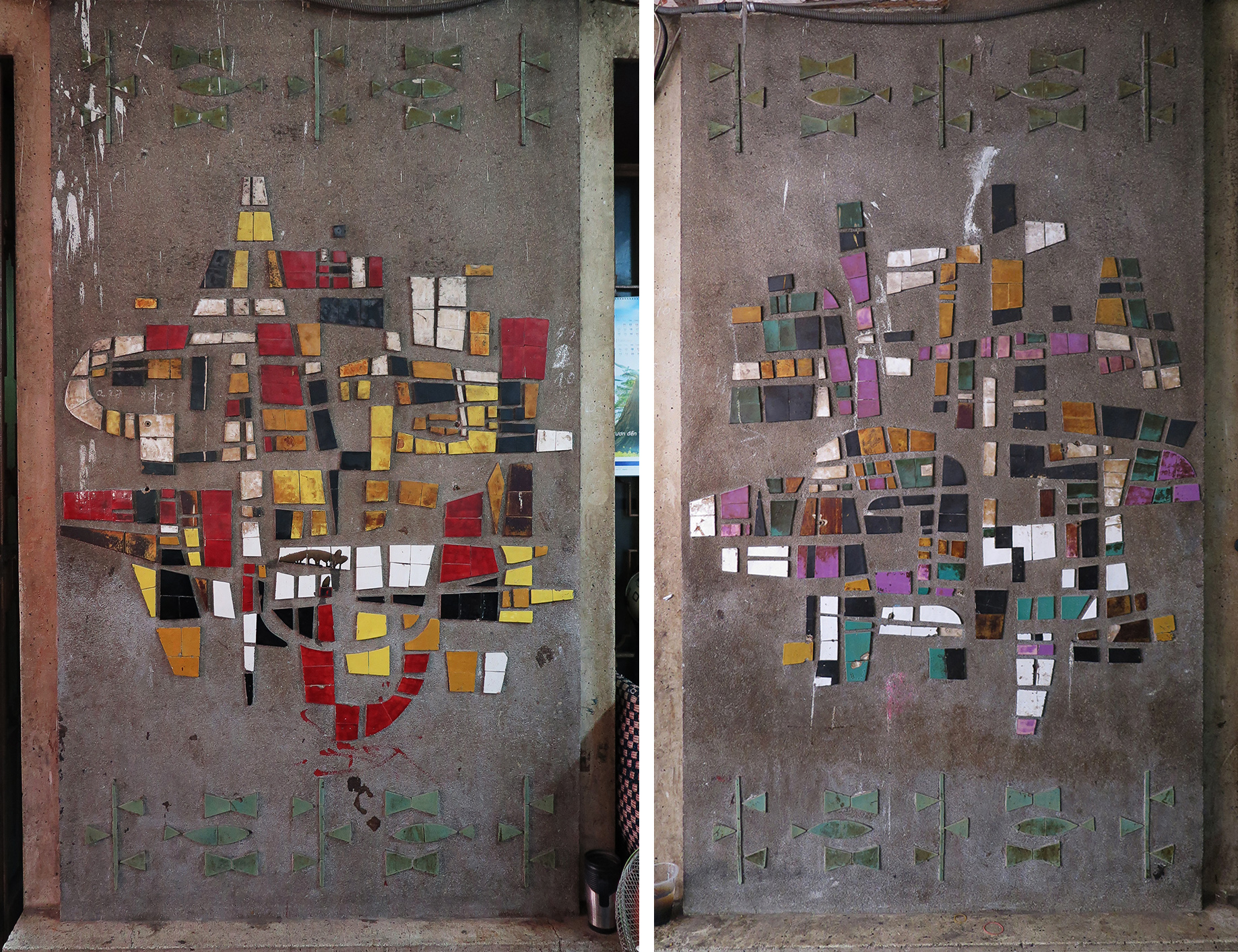
The smaller mural panels, located either side of the front doors of the former Catinat-Ciné building
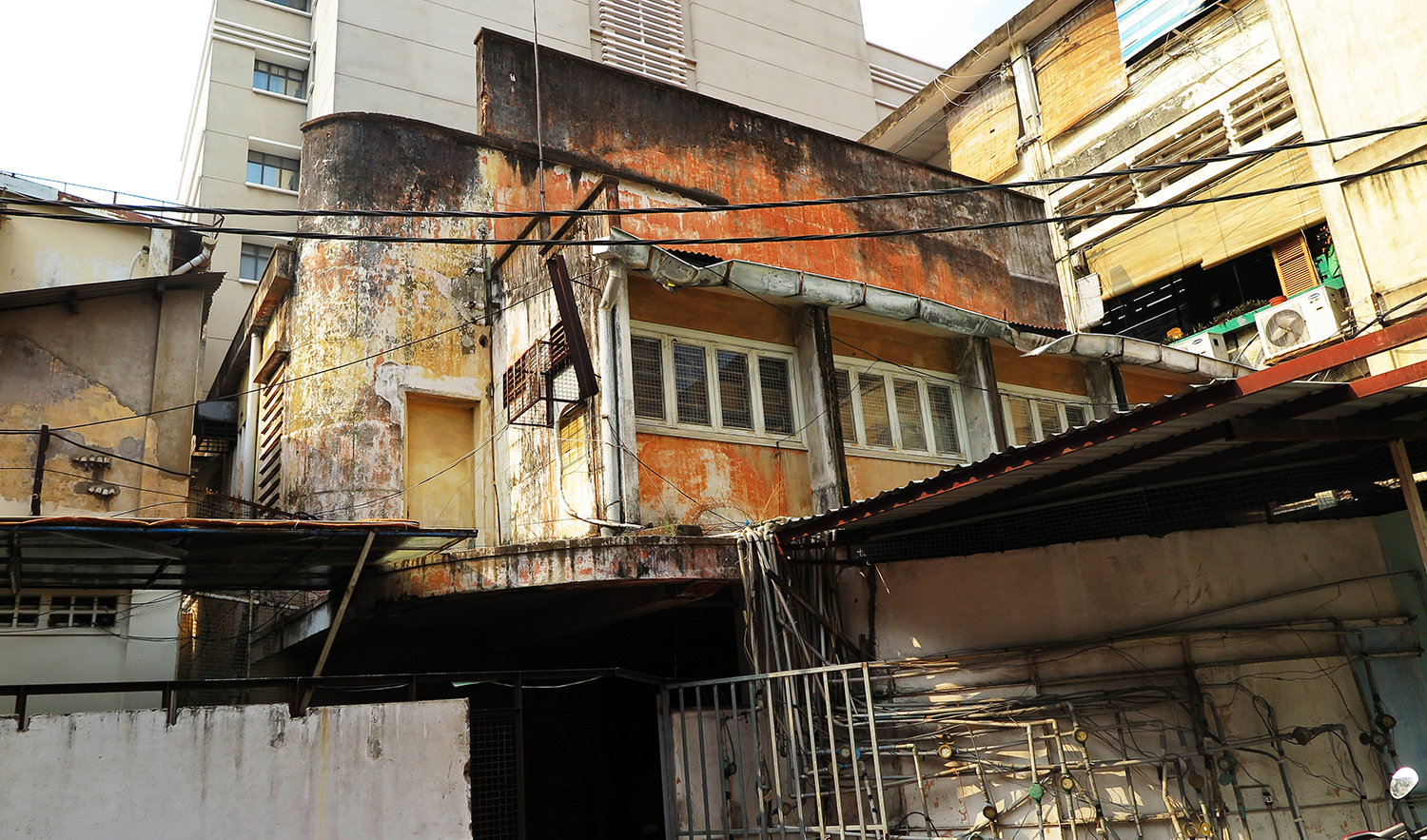
The exterior of the former Catinat-Ciné building
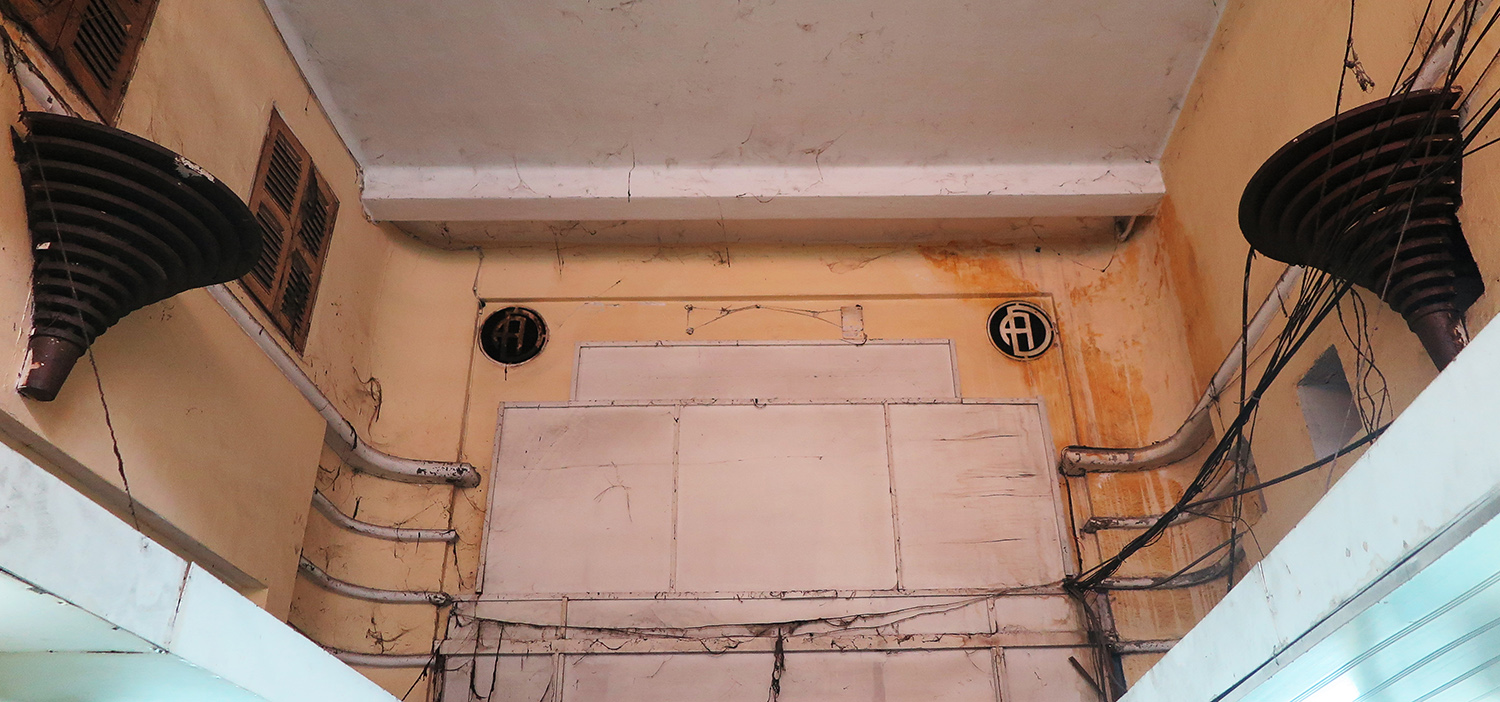
Decorative coving and light fittings in the 151 Đồng Khởi entrance to the former Catinat-Ciné, now the Art Arcade
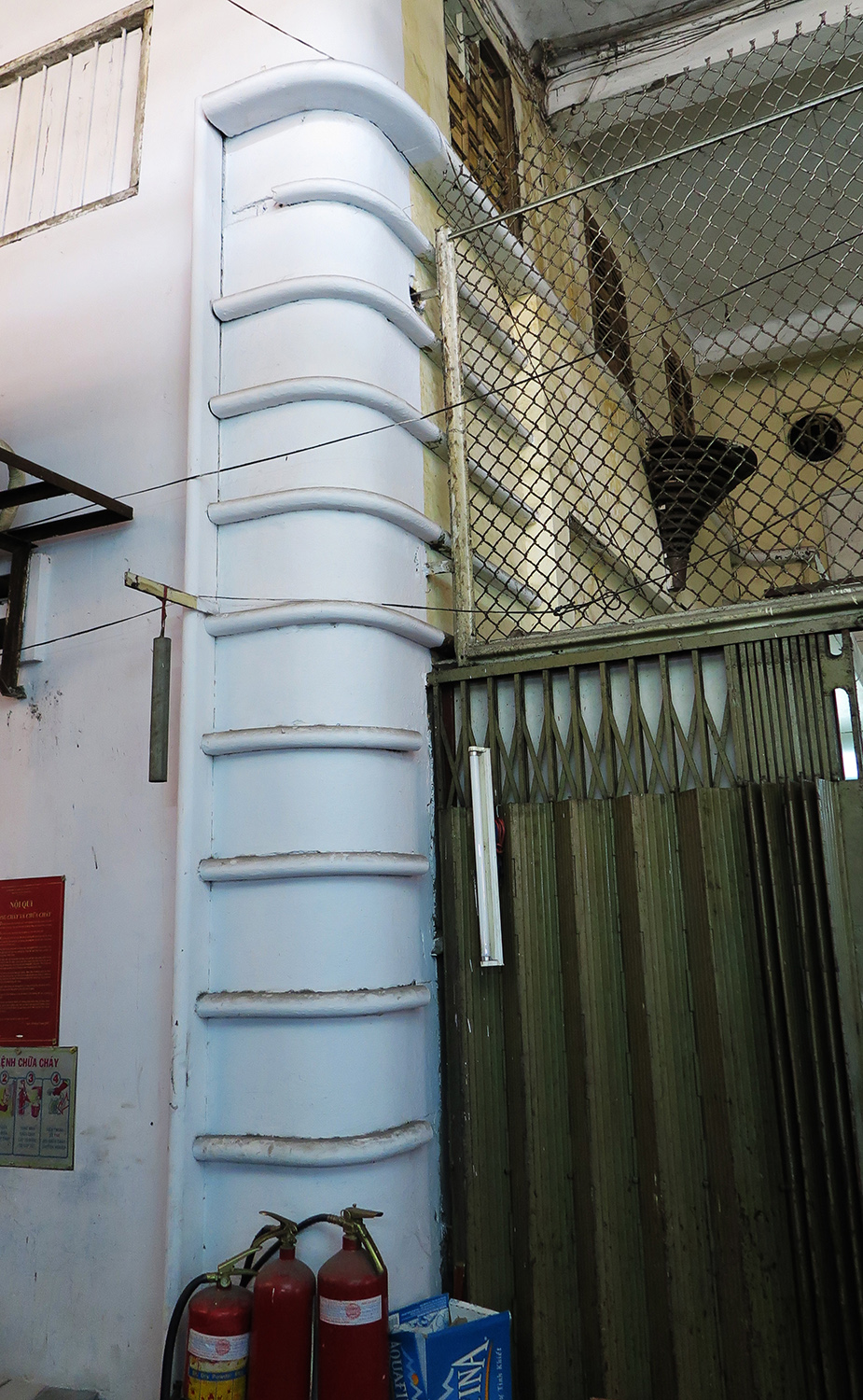
Decorative work on the walls of the 151 Đồng Khởi entrance to the former Catinat-Ciné, now the Art Arcade
Tim Doling is the author of the guidebook Exploring Saigon-Chợ Lớn – Vanishing heritage of Hồ Chí Minh City (Nhà Xuất Bản Thế Giới, Hà Nội, 2019)
A full index of all Tim’s blog articles since November 2013 is now available here.
Join the Facebook group pages Saigon-Chợ Lớn Then & Now to see historic photographs juxtaposed with new ones taken in the same locations, and Đài Quan sát Di sản Sài Gòn – Saigon Heritage Observatory for up-to-date information on conservation issues in Saigon and Chợ Lớn.


